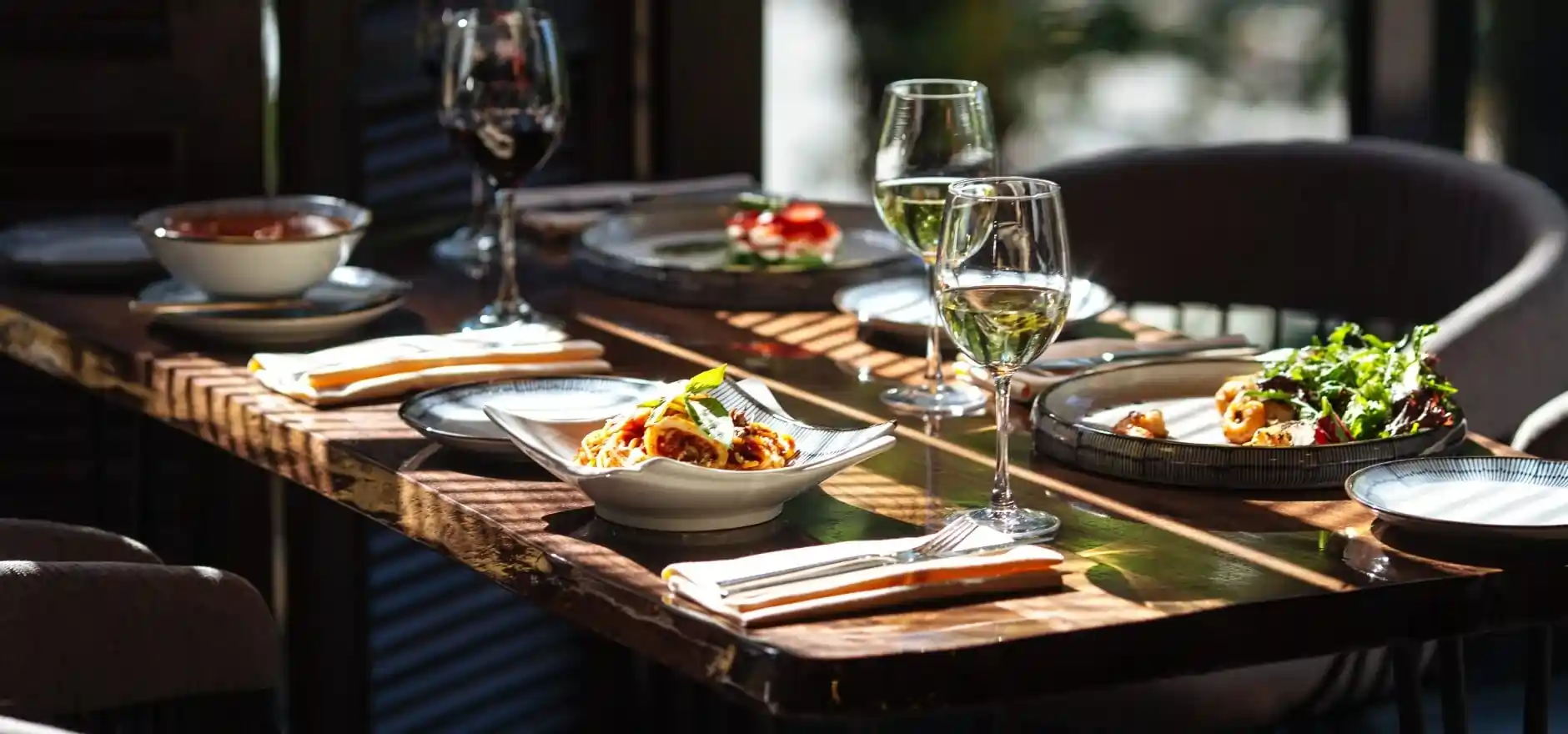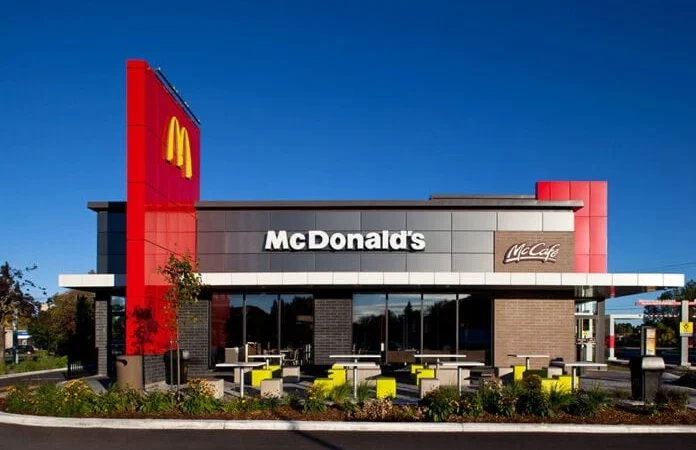Even with record-high menu prices, most Canadian restaurants are losing money

Siva Sathasivam, who owns Uncle Tony’s in downtown Toronto, has been trying to keep his menu prices low, but skyrocketing costs for food and rent have made it difficult.
The 60-year-old restaurateur has been forced to cut back on staff over the past few years. Now, most days, he’s the only server at his restaurant.
“I’m cutting my own labor costs just to stay in business,” Sathasivam said.
He’s not the only one facing these challenges.
A shocking 51% of restaurants in Canada are currently operating at a loss, compared to just 12% before the pandemic, according to Restaurants Canada. And much of this can be explained by a new report from Dalhousie University, showing that many Canadians are tightening their wallets. People aren’t eating out as much anymore because of shrinking portions and rising menu prices.
The Agri-Food Analytics Lab surveyed over 5,500 Canadians and found that 80% of them said higher menu prices have changed their dining-out habits. About 8% have stopped dining out altogether because food costs are just too high. Almost 90% say they are more budget-conscious when choosing a restaurant compared to last year.
“It’s unlikely that restaurant prices will go down anytime soon because financial pressures in the supply chain are still strong,” said Sylvain Charlebois, co-author of the Dalhousie report.
Only 29% of Canadians are happy with their dining-out experiences based on the money spent. And more than 68% have noticed shrinkflation—reduced portion sizes—at restaurants. As a result, 77% are now opting for cheaper dining options.
Kelly Higginson, CEO of Restaurants Canada, said bankruptcies in the food industry are up by 55% compared to last year. One of the big reasons is that people just aren’t coming back to dine in.
“We’ve seen a big jump in off-premise dining, like delivery and takeout,” Higginson said. “Before the pandemic, off-premise dining made up only 10% of sales for full-service restaurants. Now, it’s just over 30%.”
Inflation has affected all aspects of running a restaurant, according to Higginson.
“Everything is more expensive—food, utilities, rent, and labor,” she said.
Rising grocery prices have been especially tough on restaurants. Food prices in August were up 6.9% from the previous year, down a little from July’s 8.5% increase, but still far above July’s overall inflation rate of 3.3%.
Sathasivam says he’s had to pay three times as much for basics like romaine lettuce and tomatoes. Cooking oil and meat have also become more expensive. At the same time, foot traffic at his restaurant has dropped by more than 50%, with many people continuing to work from home part of the week.
“The lunch crowd is gone,” Sathasivam said.
Supply chain issues and a shortage of workers have also affected the quality of dining experiences, Higginson explained.
“Some products just aren’t as readily available, so menus have had to change because of rising costs. It’s frustrating for guests,” she said.
Replacing workers has been another struggle since many left the industry during the pandemic.
“When you have a less experienced workforce, there’s a period of training and rebuilding the team,” she added.
Charlebois pointed out that small, independent restaurants are feeling the pinch the most.
“The beauty of the food service industry is its diversity, but food inflation is putting that variety at risk,” Charlebois said.




I will not support any business that employs useless temporary foreign workers when young people, who are far more competent than any 30 year old Indian man have high unemployment rates.
Awesome. Let’s start getting teenagers to drop out of school so that they can work during the day and until 2 am on weeknights!
Ryan… you’re racist.
Good job of calling it what it is, Ryan wants to ask the brown guy at Tim’s drive thru if he “has his papers”, before he leaves with his dozen donuts for a snack, because Ryan is a fat racist.
Interesting article on the challenges Good morning facing today’s restaurants.
My friends and I are taking advantage of the current GST/HST break to dine out, and it’s good to know we are also helping out the restaurants.